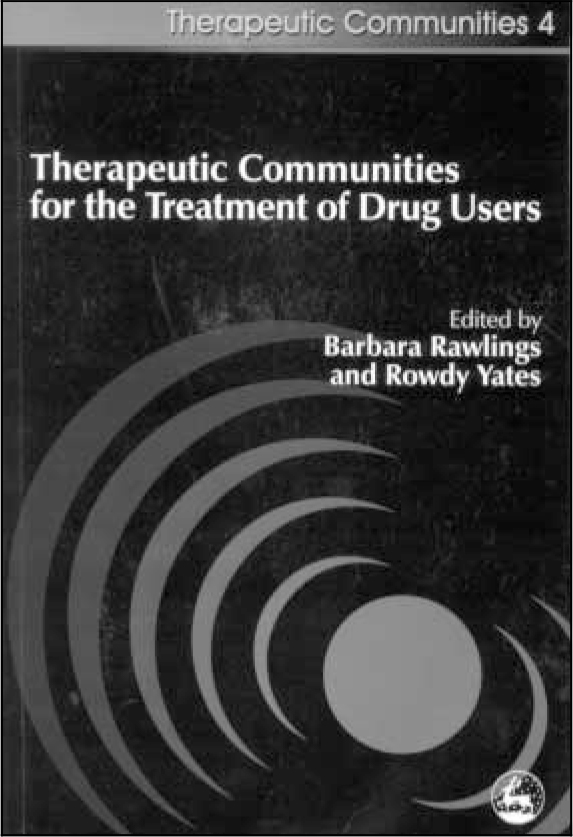This multi-author review by British editors is divided into background, history and current situation, ‘life-in’, variations on the model and, finally, research and evaluation. Multi-authorship has led to overlaps. It was pleasing to see the early pioneers described as ‘charismatic free-thinkers…imbued with ideological viewpoints and passion…experimenting’. Were there no evidence-based practice protocols?

Within a referenced history, there are ample quotes from residents outlining the changes leading to the ‘new therapeutic communities’. Central throughout have been the Encounter Groups with the experience evolving; the move from behaviour modification to social learning, from confrontation to motivation. Also, there is the tension between professional input and the focus of the community being ‘self-help’ and ‘here and now’, plus the gradual erosion of insider/outsider divisions, to becoming part of the wider community.
Authoritive, prescriptive and inflexible chapters are balanced by more personal portraits of therapeutic communities. Alan Woodham's closing personal view of working in a therapeutic community is not covered elsewhere, yet needs to be heard by those thinking of this field or funding these groups. As for residents' experiences, Keith Burnett provides a flowing association of thoughts with quotes from individuals. He addresses the problem of high drop-out rates, and offers solutions, not just leaving the responsibility on the ex-resident as being ‘not motivated’.
Examples of how to, and how not to, set up a therapeutic community in prison, are given. Re-integration within the community has been neglected for too long and Paul Goodman and Karen Nolan give a frank view of resettlement.
The chapter by Barbara Rawlings on evaluation, essential in any review, is an overview of the evidence beyond ‘improvements were greatest for those that stayed the longest’. Edle Ravndal gives details of one outcome study in Norway showing a methodology which others could well copy if they wish to remain financially sound.
This book is essential for those in this field.



eLetters
No eLetters have been published for this article.